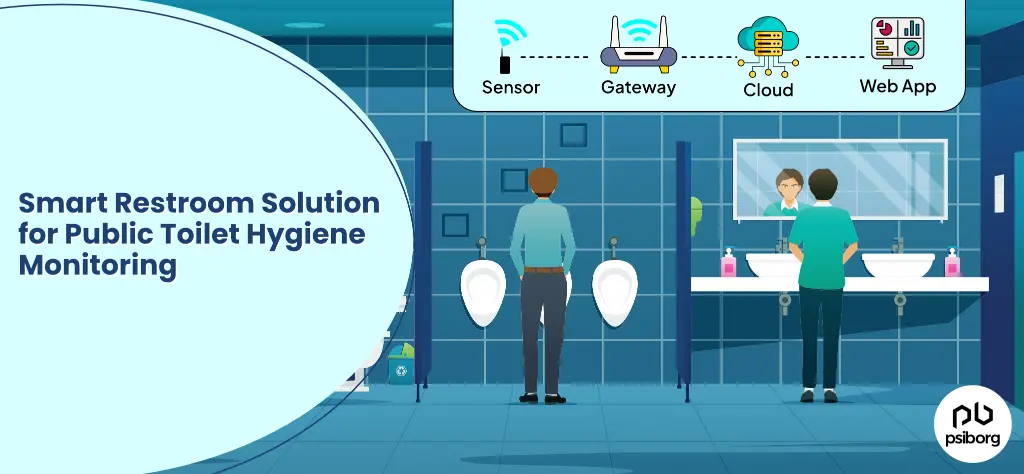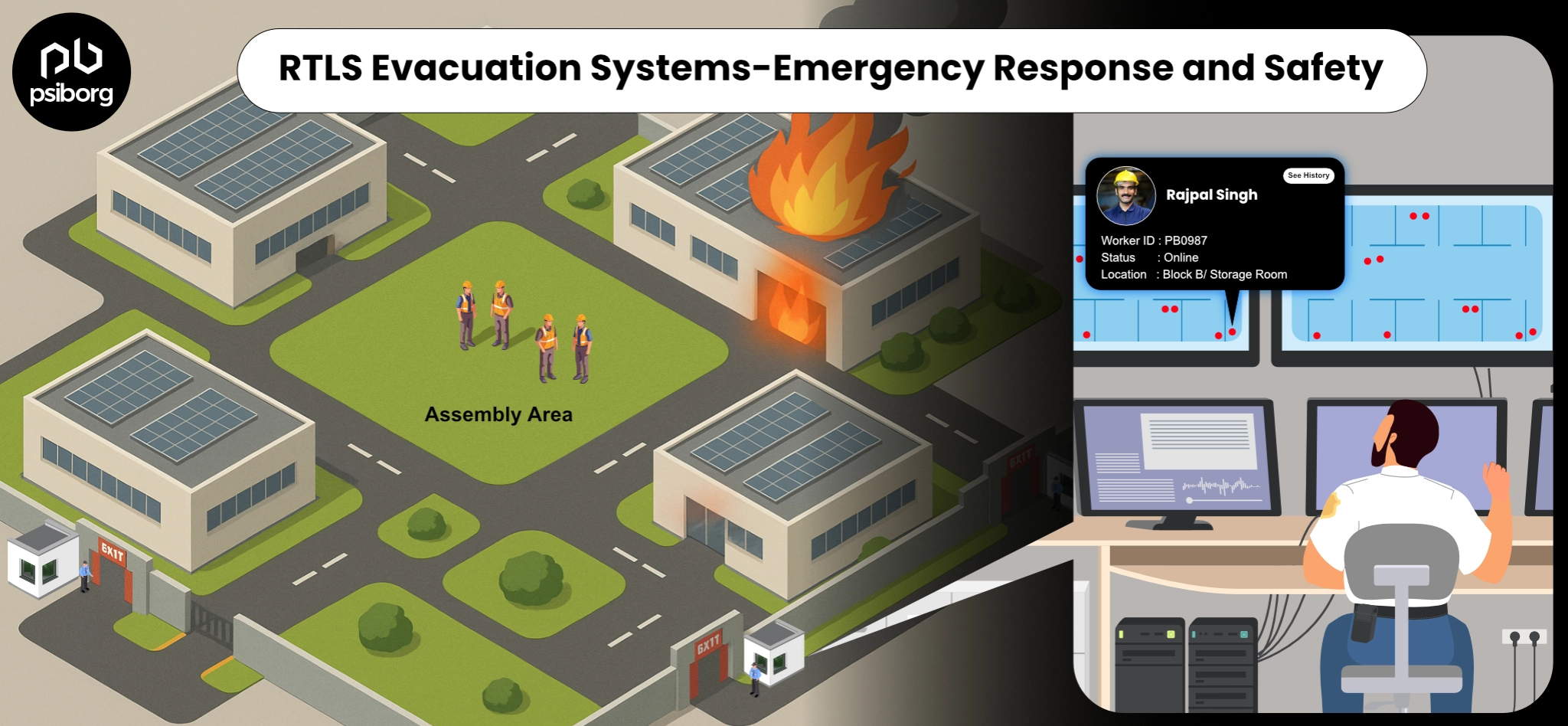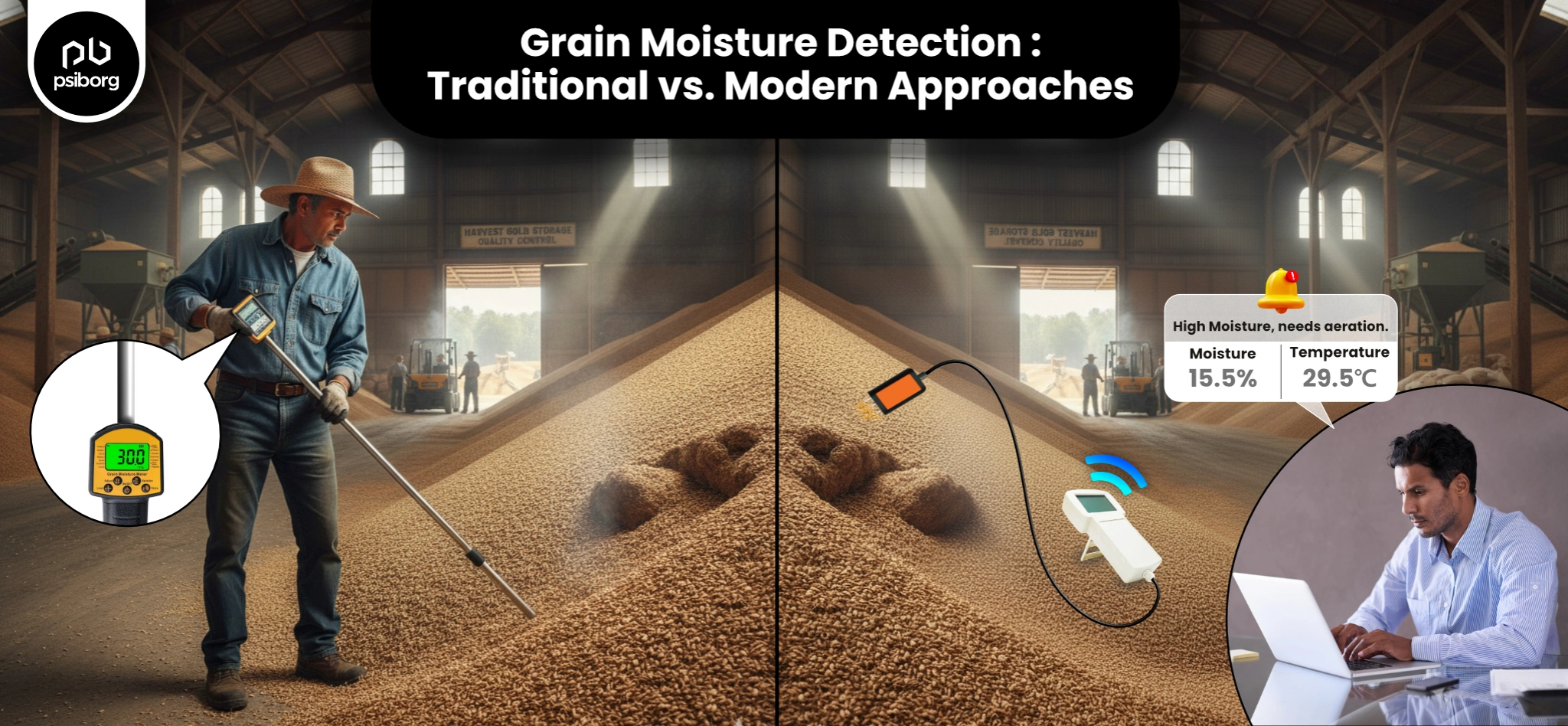A clean restroom is a major necessity in any public area, be it malls, railway stations, airports, or your workplace.
However, managing public restrooms through manual inspections is a time-consuming and cost-intensive task.
All public restrooms face the challenge of cleanliness and hygiene management, thus increasing the demand for a smart restroom monitoring system.
Integrating IoT in public restrooms takes restroom management to the next level.
So, let’s have a look at what smart restroom solutions offer and why smart restroom technology is a boon for all.
What are Smart Restrooms?
A smart restroom is an advanced facility that integrates IoT technology to upgrade the overall restroom experience in public spaces.
Smart restrooms feature touchless fixtures, soap dispensers, and toilets to maintain hygiene. In addition, smart restrooms can monitor washroom occupancy, track supplies like soap and toilet paper, monitor cleanliness levels, and send alerts if maintenance or any other service is needed.
So the day-to-day trouble of doing guesswork on refilling, and stock runout checks can be avoided with a smart restroom management system.
This smart restroom technology also allows managers to remotely control the cleaning regime and schedule the janitor to clean a specific area.
A smart washroom technology offers a data-driven approach and allows facility managers to make informed decisions, thus improving overall restroom management.
Types of Sensors Used in Smart Restrooms
Sensors lay the base of the system and so are considered the key factor. A list of sensors utilized in smart restrooms are:

1. Occupancy sensors
These discreet sensors detect when someone enters or leaves the restroom, allowing for real-time occupancy display.
It is a digital sign outside the restroom showing if it’s occupied, preventing queuing frustration.
Basically, occupancy sensors are utilized for washroom occupancy monitoring.
Also, the sensors are used to optimize cleaning schedules. The cleaning staff is alerted when a restroom hasn’t been used in a while, ensuring efficient cleaning.
2. Supply Level Monitoring Sensors
These sensors track the amount of toilet paper, soap, and paper towels remaining. When supplies are low, the system automatically alerts the cleaning staff.
The staff receives a notification on their mobile device or a central dashboard, prompting them to restock supplies.
Thus, this helps prevent stockouts
So, no more inconvenient mid-use surprises!
3. Odour detection sensors
These sensors detect unpleasant smells like air freshener burnout or sewage issues and also detect the presence of NH3 (Ammonia) and H2S (hydrogen sulfide) in the air, which is the main cause of bad smells in toilets.
When the sensor detects a high odor level, it triggers an alert so that facility managers can take immediate action.
Also, in some advanced setups, when a high odor level is detected, the system activates the air freshener to neutralize the unpleasant odor.
One other way is to boost ventilation. The increased airflow helps remove lingering smells and improve air quality.
4. Leak Detection Sensors
These water-sensitive sensors can identify leaks in pipes or around fixtures. Early detection of leaks can prevent costly damages.
Leaks also create a damp environment that leads to mold growth, thus posing several health risks.
5. Waste Bin Fill Level Sensors
The bin sensors that track the fullness of trash bins are generally ultrasonic or weight-based. When a waste bin is near its full capacity, the staff receives an alert notification to empty the bin. Thus, preventing overflowing messes.
It’s important to note that restroom management systems developed by PsiBorg Technologies include the listed sensors. However, since the solution is fully customizable, the specific sensors chosen also depend on the needs and the budget.
Also read: IoT-based Waste Bin Monitoring for Smart Cities
How Do Smart Washrooms Work?
A smart restroom management system offers a range of features to improve hygiene and user comfort.
Let’s understand how the system actually works:
So, consider a scenario of a busy airport that has a smart restroom to handle traffic and maintain hygiene standards.
The airport restroom never runs out of toilet paper always smells fresh and gets cleaned when it needs it.
All this is made possible by integrating a smart restroom management system that uses sensors and connected devices to collect data and automate tasks.
Here’s how the system works:
All this sensor data is collected and analyzed by a central hub or a cloud platform. This allows facility managers to:
- Identify Peak Usage Times: Staffing and cleaning schedules can be adjusted to meet peak demand.
- Track Inventory Usage: Optimize supply orders to reduce waste and costs.
- Predict Maintenance Needs: Data can help identify potential issues with fixtures before they become major problems.
Features of Smart Restroom Solutions
A smart restroom management system elevates the washrooms from being a basic facility to an IoT-powered facility of proper hygiene and efficiency.
Some prime features of smart restrooms are:

1. Keeping an Eye on Everything (Real-time Monitoring)
Imagine a digital display outside a busy airport restroom. It flickers from “Occupied” to “Vacant” as users enter and leave. This is real-time monitoring in action.
The system utilizes occupancy sensors to detect users’ presence and helps reduce queuing frustration.
The occupancy sensors also give data for cleaning schedules.
2. Never Run Out of Stock (Automated Alerts & Notifications)
A good example is a mall facility receiving an alert notification when a soap dispenser in a restroom needs refilling. Staff can address it before a customer encounters an empty dispenser.
The supply level sensors track stocks like toilet paper, soaps, and paper towels. By doing so, stockouts are prevented, and restocks are made in a timely manner.
3. Managing From Afar (Remote Control & Configuration)
The system comes with a centralized web/app-based dashboard that allows remote monitoring.
This saves plenty of time on manual adjustments and simplifies large-scale restroom management operations.
4. Turning Information into Insights ( Data Analytics & Reporting)
All that sensor data adds up to valuable information. Smart systems analyze it to provide valuable insights.
The data is displayed in tables and chart format to make it more easy to understand.
By combining these features, IoT-based restroom monitoring systems create a data-driven smarter approach to restroom management.
Benefits of IoT-based Restroom Technology
Smart restroom technology offers a multitude of advantages for both users and facility managers. Here’s a breakdown of the key benefits:
1. Better User Experience
Real-time occupancy displays minimize queuing frustration.
In addition, clean, well-stocked restrooms with features like touchless controls create a more pleasant experience, giving convenience and comfort to the users.
The real-time feedback system allows users to report any issues, this way their needs are heard and addressed actively.
Moreover, regular cleaning and restocking based on real-time data ensures a cleaner and more hygienic environment.
2. Improved Public Hygiene
A smart restroom management system is designed to prioritize hygiene and safety and public restrooms. The system leverages IoT technology to remotely and in real-time monitor and address issues at the right time. Thus, ensuring a clean and sanitized restroom environment.
3. Improved Staff Efficiency
Data-driven cleaning schedules ensure restrooms are cleaned only when necessary, maximizing cleaning staff efficiency.
Plus, automated alerts for restocking prevent waste and optimize supply orders. Predictive maintenance based on sensor data helps identify potential problems before they become major issues, reducing repair costs.
4. Increased Sustainability
Smart restrooms are integrated with water-efficient toilets and faucets that use less water per flush or hand wash. Sensor-activated features can also minimize water waste by ensuring fixtures are only activated when needed.
In addition, the motion sensors can automatically control lighting and ventilation, reducing energy consumption when the restroom is unoccupied.
Smart restrooms are transforming hygiene and maintenance with IoT technology. To see how it works in action, watch our Smart Restroom Solution video showcasing real-time monitoring and automation.
Why Choose PsiBorg Technologies for a Smart Restroom Management Solution?
It won’t take much longer for smart cities to include smart restrooms in public spaces. In fact, many facilities have already started implementing smart restroom solutions.
Smart restroom technology transforms the way we think about public facilities. And help in providing a more hygienic, efficient, and user-friendly restroom experience.
If you landed on this page with a motive to find a partner that can develop smart restroom technology you have arrived on the right page.
PsiBorg Technologies is an IoT product development service providing company that develops custom solutions for businesses across all industries.
Our experience in developing washroom occupancy monitoring systems and toilet smell detection systems makes us highly compatible with developing smart washroom management systems.
In essence, PsiBorg Technologies can help you create a customized smart washroom solution that meets your specific needs and budget. From initial concept to full implementation, our team will guide you through every step of the process.
Contact us today to see how we can help you create a smarter, more efficient, and hygienic restroom experience for everyone.
FAQs
A smart restroom monitoring system uses IoT technology to track restroom occupancy, hygiene level, and supply needs. The solution uses sensors, smart devices, and data analytics to automate and improve restroom management operations.
Implementing a smart restroom solution can offer plenty of benefits like improved hygiene, automated cleaning schedules, reduced operational cost, effective resource management, real-time occupancy and supply updates, and improved sustainability by minimizing waste.
PsiBorg Technologies develops and delivers a superior user experience by providing businesses with a solution loaded with features they need to manage restrooms effectively.
We use advanced sensors and devices that make managing commercial restrooms more efficient even in high-traffic environments.





